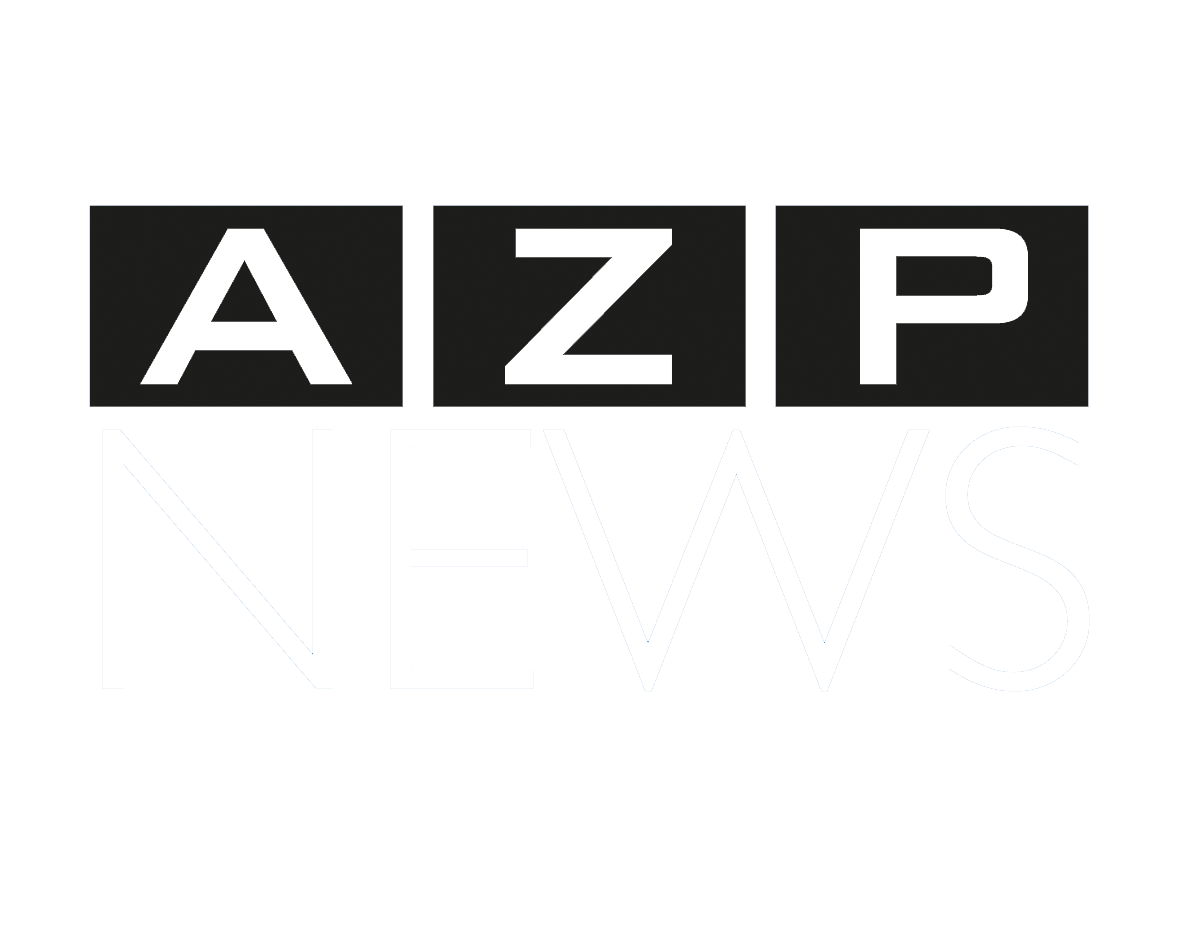By Chantalé Fletcher
IF you are very ill don’t wait too long to call for an ambulance.
Medical Director of Secondary Care Services at the Southwest Regional Health Authority (SWRHA) Dr Robin Sinanan pleaded with ill patients not to call too late for an ambulance.
Speaking at the Ministry of Health’s virtual media conference on Saturday, he said, “Some warning signs were trouble breathing which meant breathing faster than normal, suffocating or not having enough air into your lungs.
“While some others were severe or persistent chest pains, drowsiness, sudden confusion, severe weakness.”
He said mild symptoms occurred from two to 14 days after exposure such as minor fever, chills, coughs, shortness of breath, fatigue, body aches, nausea, vomiting and diarrhoea, sore throat and runny nose.
Dr Sinanan said older patients with underlying health conditions were more likely to experience severe symptoms.
He said that the Canadian Triage and Connectivity scale (CTAS) was used which had five categories and represented the severity of the patients’ conditions.
Dr Sinanan said categories one and two were for very ill patients while four and five were for non-urgent.
“However, the last couple weeks, more persons were coming into the viral pathways of the accident and emergency at CTAS levels one and two. So, while the overall number of persons have been increasing as we spike, we seeing a higher percentage of very sick persons sometimes, 20% to 25% coming to the emergency department.”

Dr Sinanan added they frequently require immediate oxygen therapy either from masks or a nasal cannula and some even on immediate ventilators.
He said, “Patients waited too long to come into the hospital, sometimes as long as two to three days for treatment and the vast majority were unvaccinated.”
Meanwhile, Keston Joseph Disaster Coordinator of SWRHA said all the Emergency Operations Centre (EOC) was activated.

He said, “Traditionally, the EOC was a physical location where incidents, emergencies and disasters were managed where we support the roles and operations of front-line workers.
“Hence, the onset of Covid-19 and the advancement of technology has allowed us to have virtual EOC’s with the use of teleconferences from Zoom, Google Meet and WhatsApp, so we were able to communicate and keep a cross-check of activities in the organisation.”
Joseph said that every day, a situation report was needed to know what occurred in the organization and how best the department would support the efforts of frontline workers in logistics and resource deployment.
He said all members from middle and junior managers, the executive team and each of the facility managers from every facility took part in the virtual EOC on WhatsApp.
“So, we can have an operational picture in real-time and would be able to deal with emerging problems as it relates to all operational activities.”
![]()












